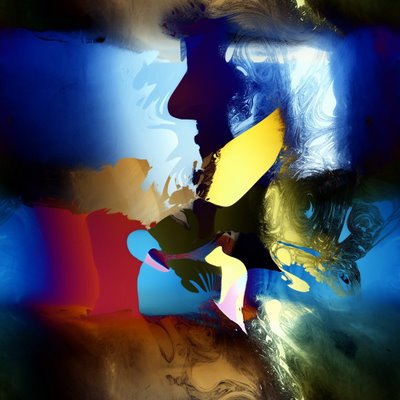Neurotechnosocioeconomic impact
Neurotechnosocioeconomics is a fantastic new neuroword coined by Zack Lynch of Brain Waves in a post proposing a study on that very thing.
"What does it mean?" I was asked while spreading the new word. Just what it sounds like. The social and economic impact of neurotechnology (neurostimulators, brain-computer interfaces, etc.). Zack would like to further research the market and its social impact as regards the cost and treatment of neurological and psychiatric illnesses. He is seeking $2M in funding to quantify these trajectories.
Not the first person I've seen sort-of-seeking research funding on a blog. Does that work? Further study is required about this apparent trend, so I too will ask. I'd like a large grant for a project. Please comment with an enthusiastic "yes, I'm in!"
Various studies have compiled research on the economic impact of depression in the workplace, in developing countries, etc. One major report related to neurosocioeconomics from the WHO, The World Health Report 2001 - Mental Health: New Understanding, New Hope, is oft-cited, and smaller studies also point to treatment deficits and directions. No shortage of depressing statistics on depression, for example. Unfortunately, there's been little socioeconomic impact as hospitals continue to close psychiatric beds and cut services, laws to require US health insurers to provide equity for mental illnesses languish and stall, and treatments remain inaccessible to many people suffering from brain illnesses.
Stigma is very strong. I hope Zack will have more success in swimming against the current.

"What does it mean?" I was asked while spreading the new word. Just what it sounds like. The social and economic impact of neurotechnology (neurostimulators, brain-computer interfaces, etc.). Zack would like to further research the market and its social impact as regards the cost and treatment of neurological and psychiatric illnesses. He is seeking $2M in funding to quantify these trajectories.
Not the first person I've seen sort-of-seeking research funding on a blog. Does that work? Further study is required about this apparent trend, so I too will ask. I'd like a large grant for a project. Please comment with an enthusiastic "yes, I'm in!"
Various studies have compiled research on the economic impact of depression in the workplace, in developing countries, etc. One major report related to neurosocioeconomics from the WHO, The World Health Report 2001 - Mental Health: New Understanding, New Hope, is oft-cited, and smaller studies also point to treatment deficits and directions. No shortage of depressing statistics on depression, for example. Unfortunately, there's been little socioeconomic impact as hospitals continue to close psychiatric beds and cut services, laws to require US health insurers to provide equity for mental illnesses languish and stall, and treatments remain inaccessible to many people suffering from brain illnesses.
Stigma is very strong. I hope Zack will have more success in swimming against the current.







